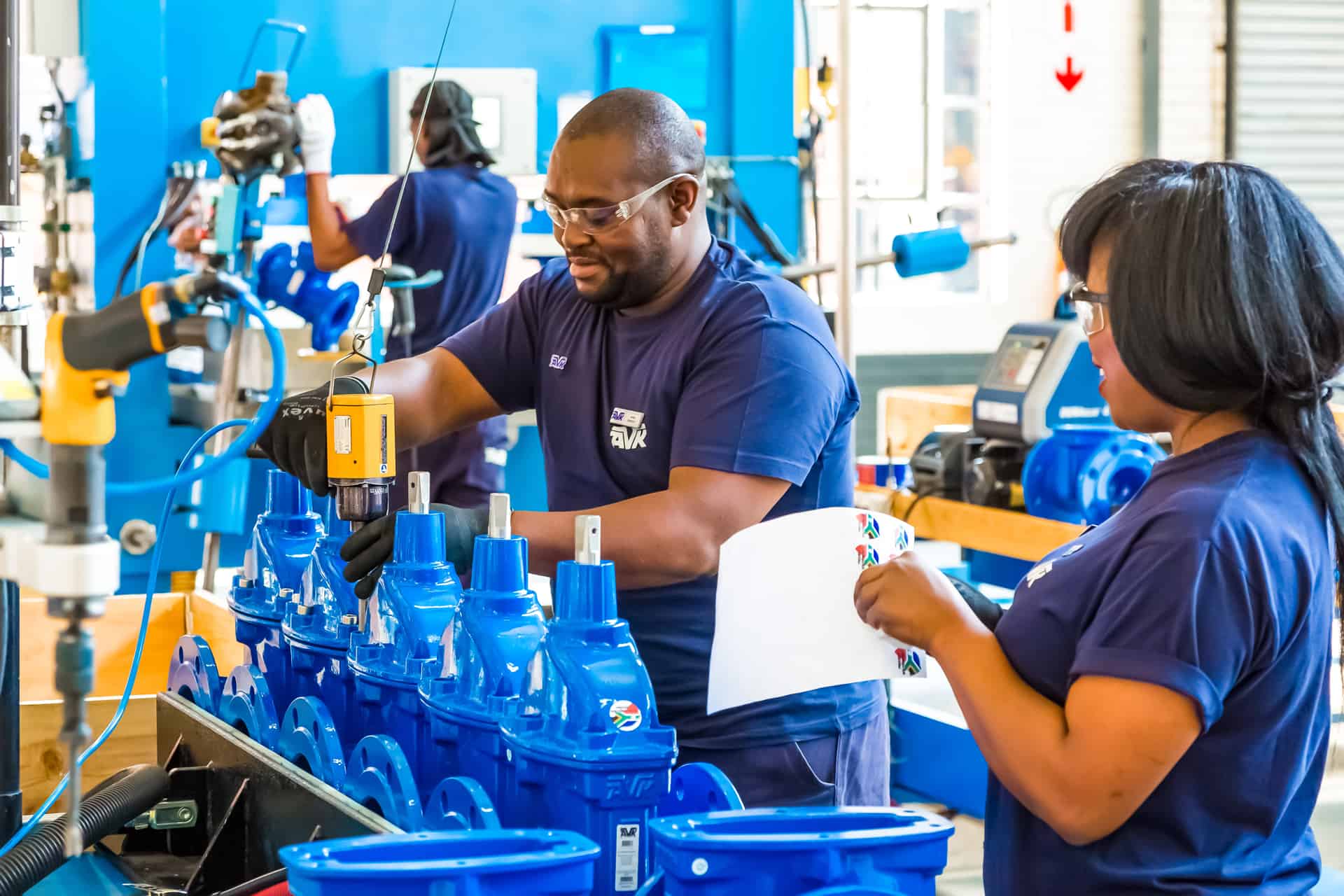
Last updated on October 19th, 2020
While the national scramble and subsequent shortage of PPE materials amid the COVID-19 pandemic revealed a critical flaw in our current system, it also serves as a transformative moment for restructuring manufacturing business models. For the past three decades, global macroeconomic trends coupled with U.S. based manufacturing disadvantages contributed to the mass international manufacturing movement. As many discuss the importance of domestic manufacturing, could this moment in history be a catalyst for change? Reshoring provides a reliable ability to avoid supply-chain shocks, but it also involves risks and takes time to execute. So is it right for you? Let’s explore the challenges and opportunities of bringing manufacturing back stateside, and what the future could hold for your business.
It’s important to remember that many of the same issues prompting interest in domestic production – like disruption in supply chain – are not new, but rather are being revisited in light of COVID-19. Inventory carrying costs, travel costs, cyber security risks, and a rising increase of wages in foreign countries are some of the ongoing concerns. The pandemic also illustrated the risk of relying on a geopolitical adversary for 80% of the materials we consider critical. The Wall Street Journal has reported that China is the only maker of key ingredients for certain drugs, including established antibiotics that treat a range of infections such as pneumonia. In a deal aimed at reducing U.S. reliance on China, the federal government announced this summer that it plans to give Eastman Kodak a $765 million loan to start producing the chemical ingredients needed to make pharmaceuticals. The planned investment will generate about 350 jobs at Kodak’s home base in Rochester New York and in St. Paul, Minnesota. According to data gathered by the Reshoring Initiative, this trend is gaining real momentum, as an overwhelming demand to become domestically self-sufficient builds in the market – particularly within medical equipment manufacturing. The company says while this time last year they were helping a handful of businesses make domestic moves, they are currently assisting upwards of 100 businesses in the reshoring process. Big companies like Caterpillar, GE, Intel, and Under Armour to name a few, are getting in the game of being close to their markets.
Despite the fact that China has become a less attractive manufacturing venue, ultimately the costs for domestic manufacturing are significantly higher than costs for international manufacturing. Outsourcing allows companies to run their factories with high efficiency. So, what needs to happen to make this a viable option for a manufacturing plant owned by a New Yorker? Both the U.S. government and U.S. manufacturers need to spend more on manufacturing research and development. Many industry experts also believe federal and state government needs to incentivize manufacturers with expanded tax credits, subsidized production facilities, and new cash flow. Legislative plans are also in the works to help manufacturing become more practical in regions like the northeast. Just last week, New York Senate Democratic Leader Chuck Schumer helped introduce The America Labor, Economic competitiveness, Alliances, Democracy and Security (America LEADS) Act. The America LEADS Act would provide over $350 billion in new funding to synchronize all aspects of U.S. national power and give manufacturers the skills and support needed to out-compete China by expanding the Manufacturing USA Network.
The reasons a company might choose to reshore vary greatly. Everyone has a different motivating factor driving their decision to stay the course, merge, or move their manufacturing site. Realistically, building new U.S. facilities is a long term commitment, typically spanning five to eight years. Your location choice should be focused on the structures (or lack thereof) that local, state, and federal government have placed on activities. Diligently monitoring upcoming incentives, subsidies, and regulations for businesses like yours is crucial to your future success. A survey by Site Selectors Guild, an association of professional site selection consultants, predicted an uptick in onshoring to the U.S., but also to Canada and Mexico — particularly in the pharma and life sciences industries. The reality is, filling workforce once a company does decide to diversify operations presents its own set of challenges. Deciding if this is a move that is right for you and your business comes down to reimagining your business plan and examining your TCO or, Total Cost of Ownership. One thing is certain: how industry leaders react to the shifting landscape at this critical moment will shape the future of manufacturing for generations.
